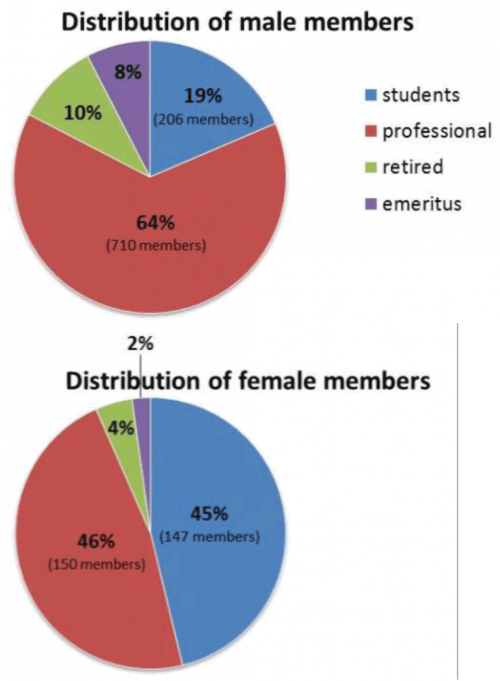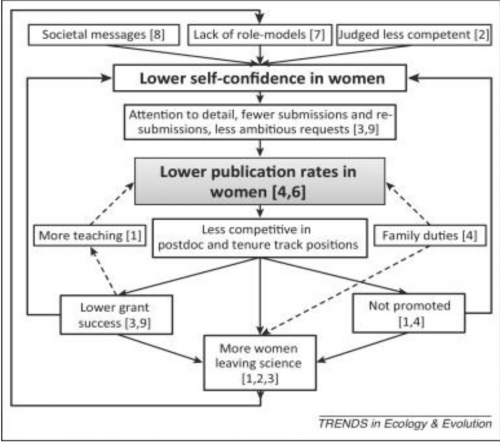My students are also blogging here:
Today was the due date for the take-home exam, which meant everything started a bit late — apparently there was a flurry of last-minute printing and so students straggled in. But we at last had a quorum and I threw worms and maggots at them.
The lab today involves starting some nematode cultures so I gave them a bit of background on that. They’re small, transparent hermaphrodites that can reproduce prolifically and will be squirming about on their plates this week. They’re models for the genetic control of cell lineage and also for inductive interactions: I gave them the specific example of the development of the vulva, in which a subset of cells in close proximity to a cell called the anchor cell develop into the primary fate of forming the walls of the vulva, cells slightly further away follow a secondary fate, forming supporting cells, and cells yet further away form the hypodermis or skin of the worm. I had them make suggestions for how we could test that the anchor cell was the source of an inductive signal, and yay, they were awake enough at 8am to propose some good simple experiments like ablation (should lead to failure of the vulva to form) or translocation (should induce a vulva in a different location). I also brought up genetic experiments to make mutants in the signal gene, in the receptors, and deeper cell transduction pathways.
All those experiments work in the predicted ways, and I was able to show them an epistasis map of the pathways. Two lessons I wanted to get across were that we can genetically dissect these pathways in model organisms, and that when we do so, we often find that toolkit Sean Carrol talks about exposed. For instance, in the signal transduction pathway for the worm vulva, there are some familiar friends in there — ras and raf, kinases that we’ll see again in cancers. And of course there are big differences: mutations in ras/raf in us can lead to cancer rather than eruptions of multiple worm vulvas all over our bodies, because genes downstream differ in their specific roles.
Then we started on a little basic fly embryology: the formation of a syncytial blastoderm, experiments with ligation and pole plasm manipulation in Euscelis that led to the recognition of likely gradients of morphogens that patterned the embryos. From there, we jumped to the studies of Nusslein-Volhard and Wieschaus that plucked out the genes involved in those interactions and allowed whole new levels of genetic manipulation. As the hour was wrapping up, I gave them an overview of the five early classes of patterning genes: the maternal genes that set up the polarity of the embryo; the gap genes that read the maternal gene gradient and are expressed in wide bands; the pair-rule genes that respond to boundaries in gap gene expression and form alternating stripes; the segment polarity genes that have domains of expression within each stripe; and the selector genes that then specify unique properties on spatial collections of segments.
And that’s what we’ll be discussing in more detail over the next few weeks.



